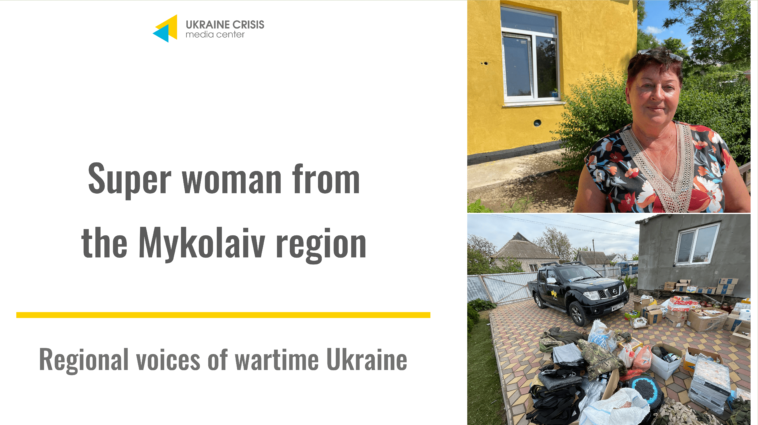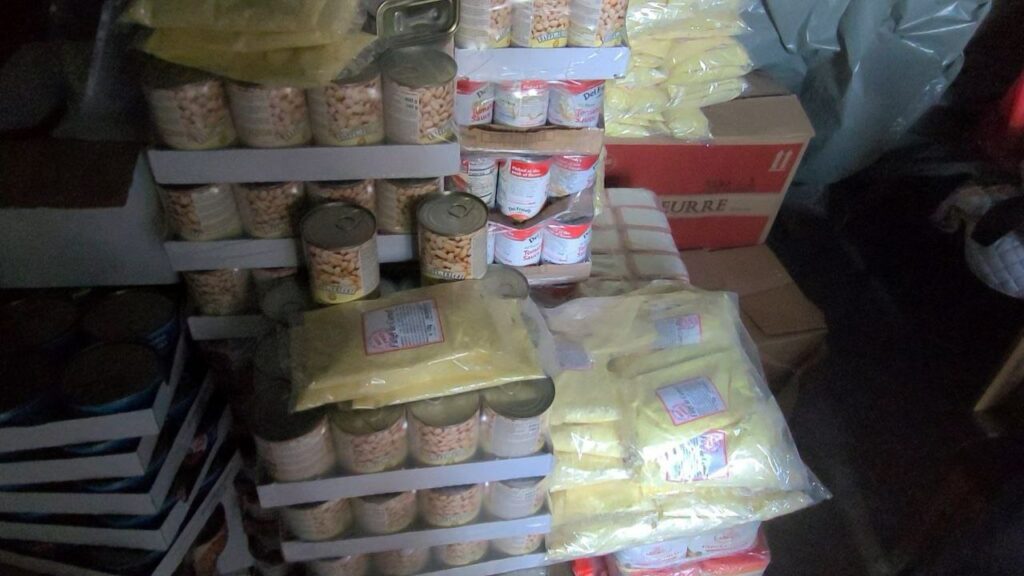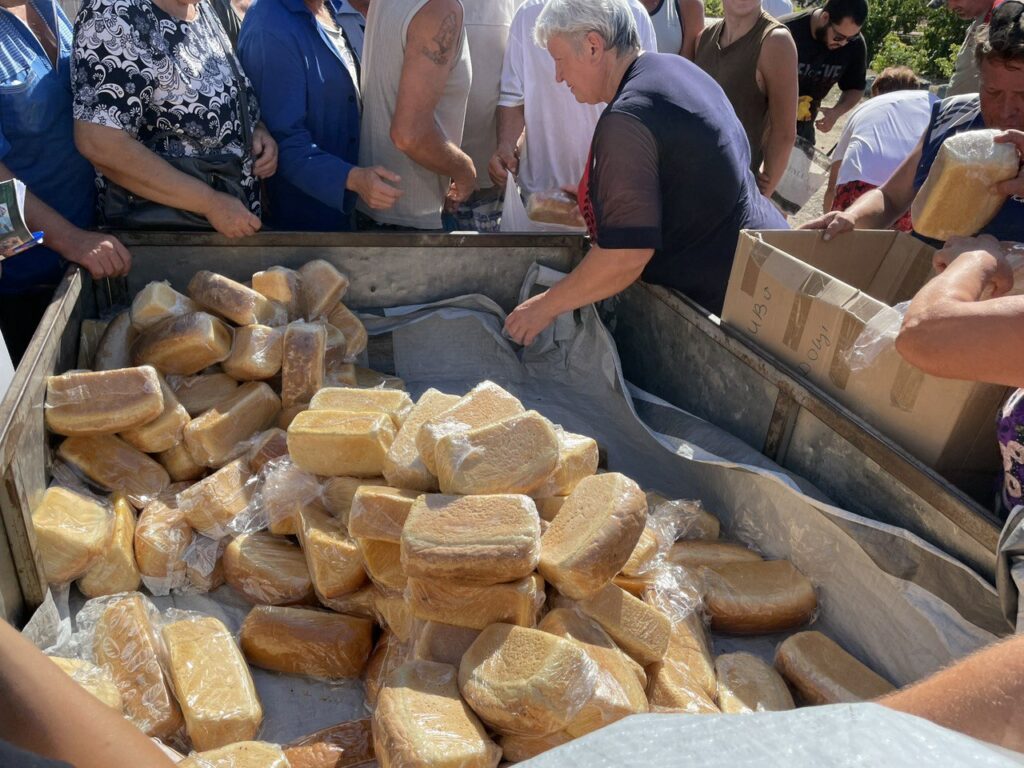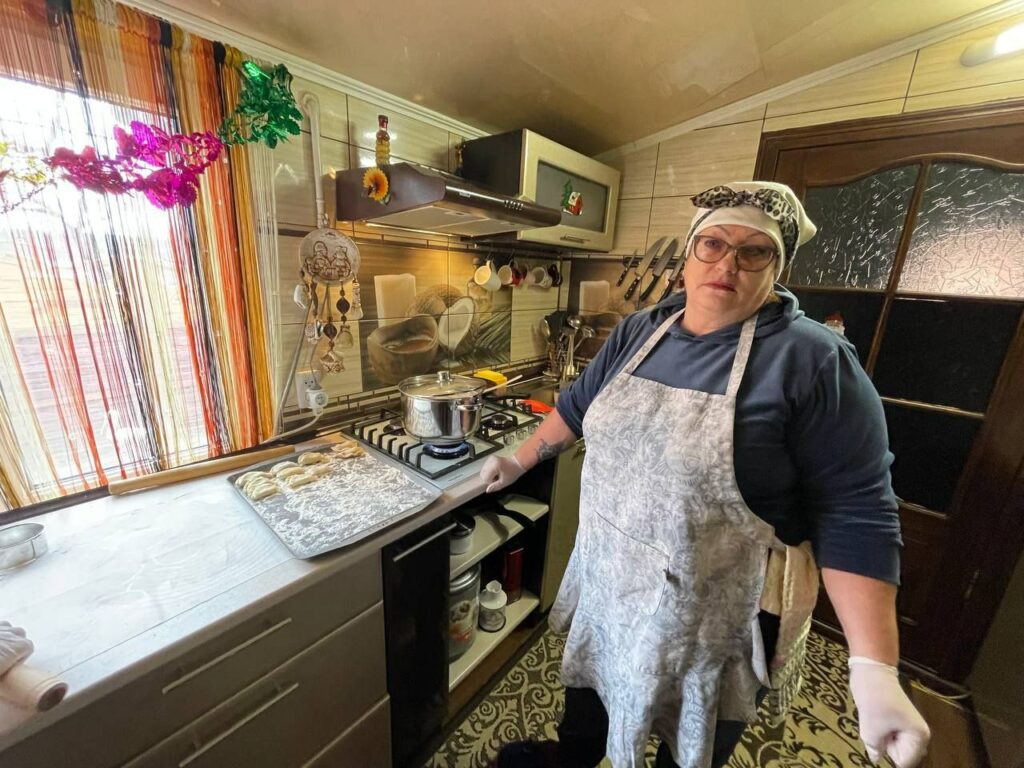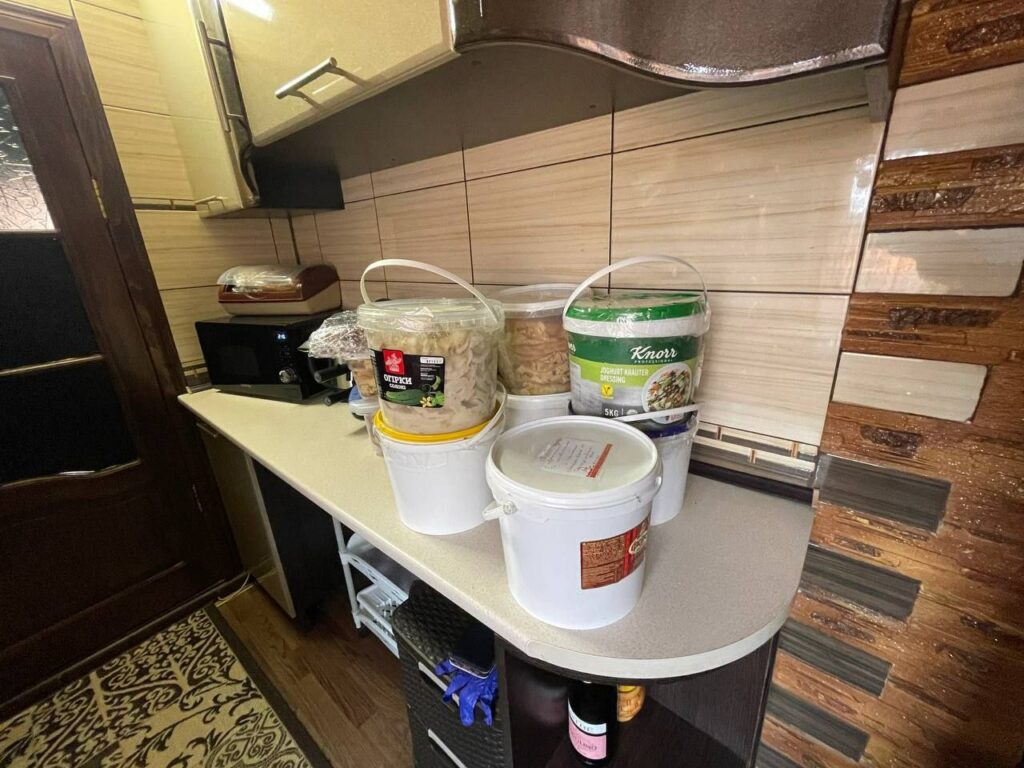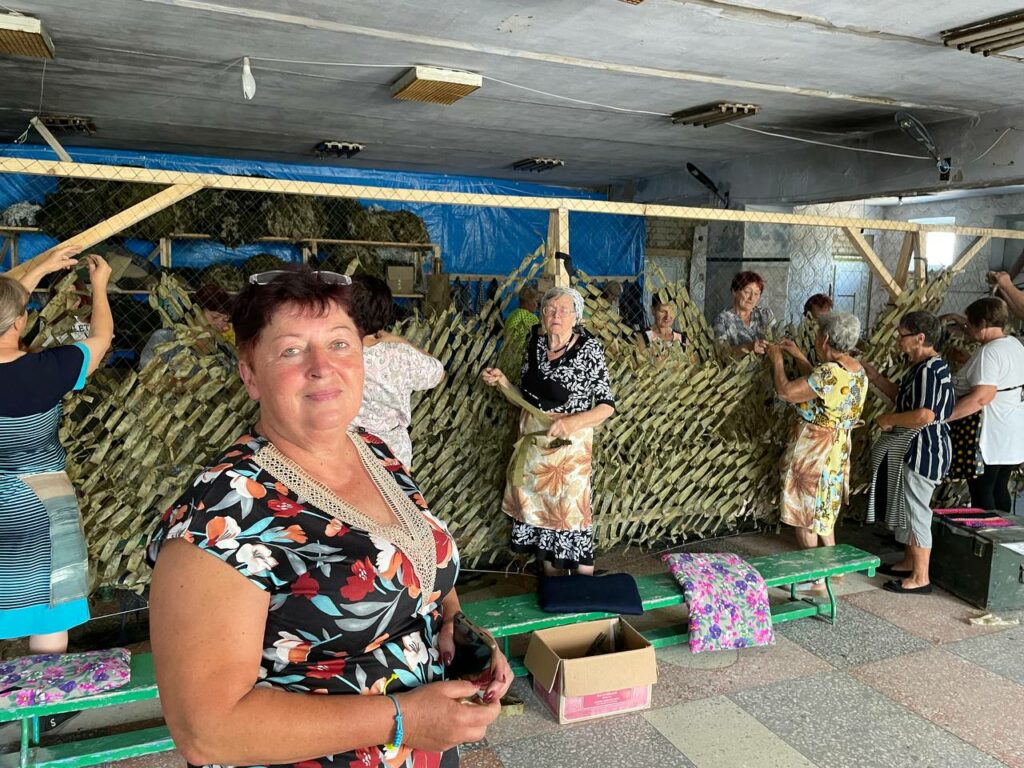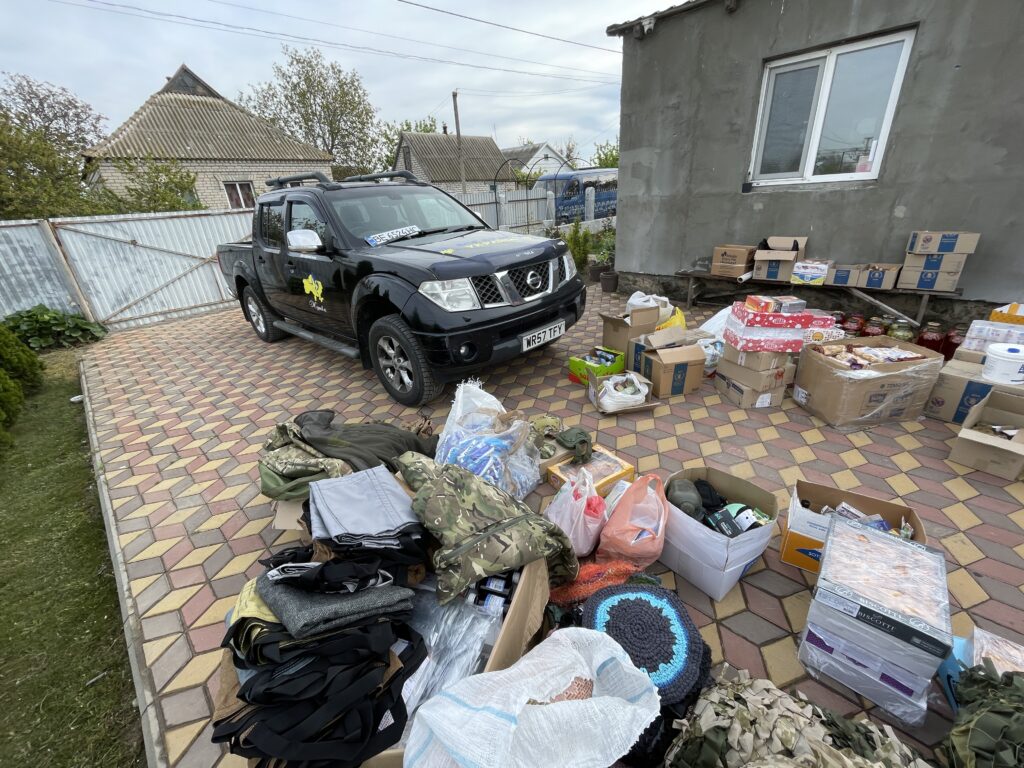The first days of the all-out war showed how much stronger Ukraine had become due to decentralization. The occupiers met with desperate resistance not only from the army, but also from large and very small communities. Destroyed and exhausted, they not only survived without any contact with the outside world, but also helped the defenders. A lot depended on the community leadership. The first stage of the war showed that even one professional and caring person is a warrior. Today, we are going to tell you about one such person – Natalia Panashiy, the head of the Lymany and Lupareve villages in the Mykolayiv region, who provided the villagers with everything they needed to survive in the hardest times.
…
A woman who could… Fedorivna, as the community affectionately call their village head, travelled under fire to get bread and medicine for the people, organized virtually guerrilla support for Ukrainian defenders and did everything to get humanitarian aid for the community. In a destroyed village council building with broken computers, she set up a social security service and a local humanitarian headquarters.
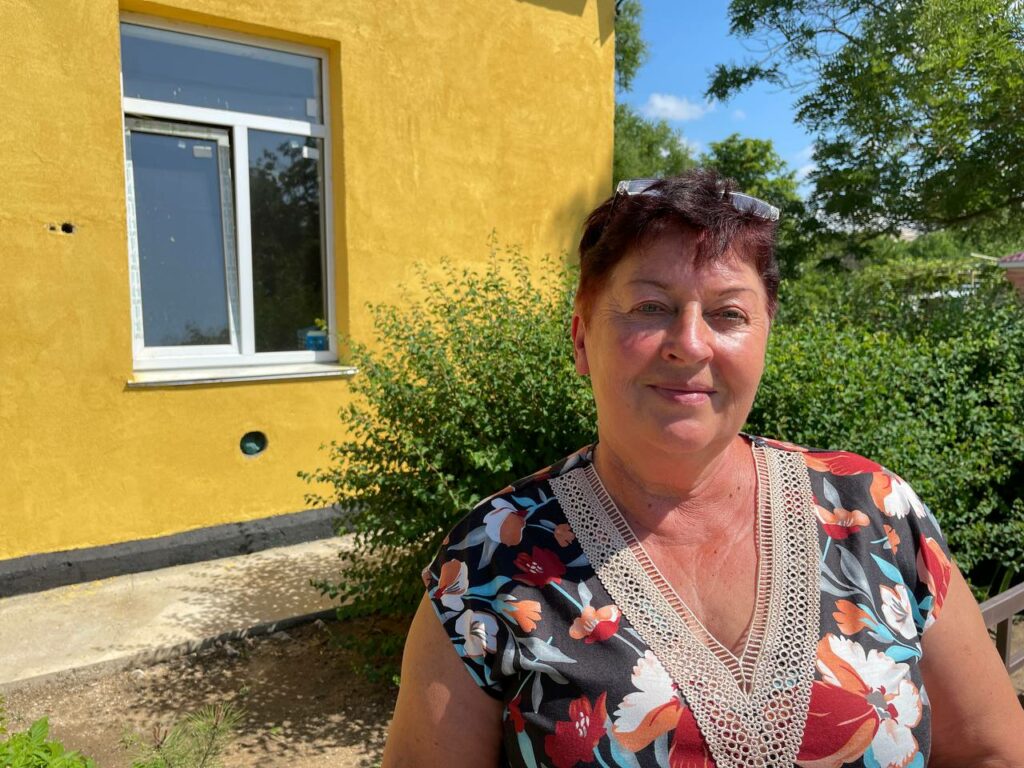
No one to rely on, only Fedorivna can help
When the war began, Lymany and Lupareve which border the Kherson region were practically cut off from Mykolayiv. The fighting around the villages was so intense that the community hardly ever received food, medicine, or any other aid. People killed by shelling were taken away in body bags in the car of a community police officer, Natalia Panashiy recalls:
“I wrote down who needed what. I travelled to get the simplest medicines. Even in the city, the pharmacies were closed, but I had friends who helped me get what I needed. I brought it here and people took it in turns, put money – that’s how we survived. We provided social services… All our office equipment was broken, we wrote certificates by hand. But all services (social – ed.) were provided to people in our community.”
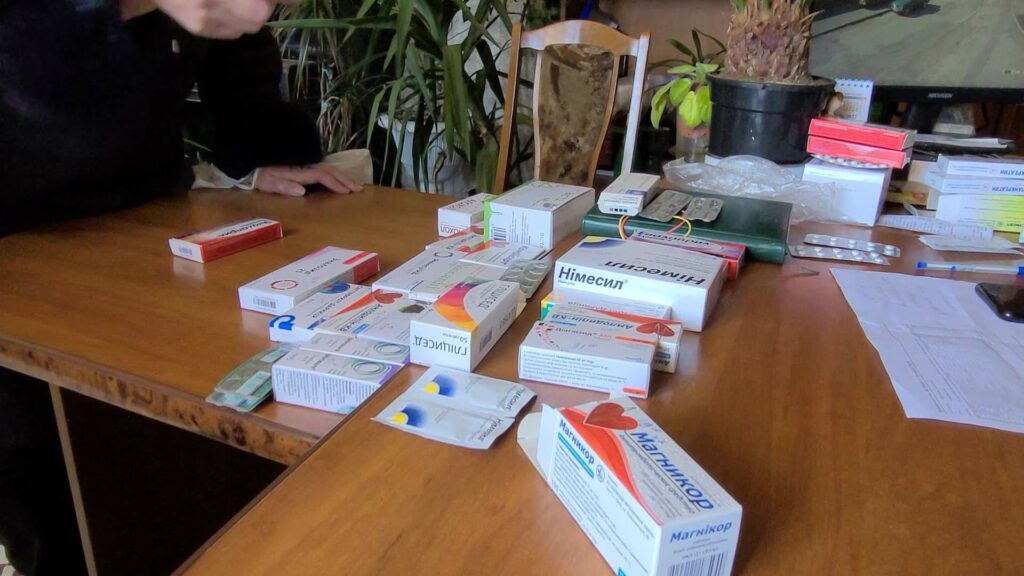
The villages Natalia was responsible for were caught in the crossfire of the Russian army and Ukrainian defenders. The enemy was stationed in the neighboring occupied village of Oleksandrivka. The volleys of cannon artillery reminded of themselves almost every hour. The occupiers didn’t hesitate to use rocket launchers against civilians. Frames from cluster shells can still be seen on village streets. People filled the pits from enemy shells with small stones and planted flower beds in the craters. The asphalt on the main street in Lymany was mangled by the tracks of heavy military vehicles. However, no one took notice of it at the time, because it was our vehicles, the village head says with a smile:
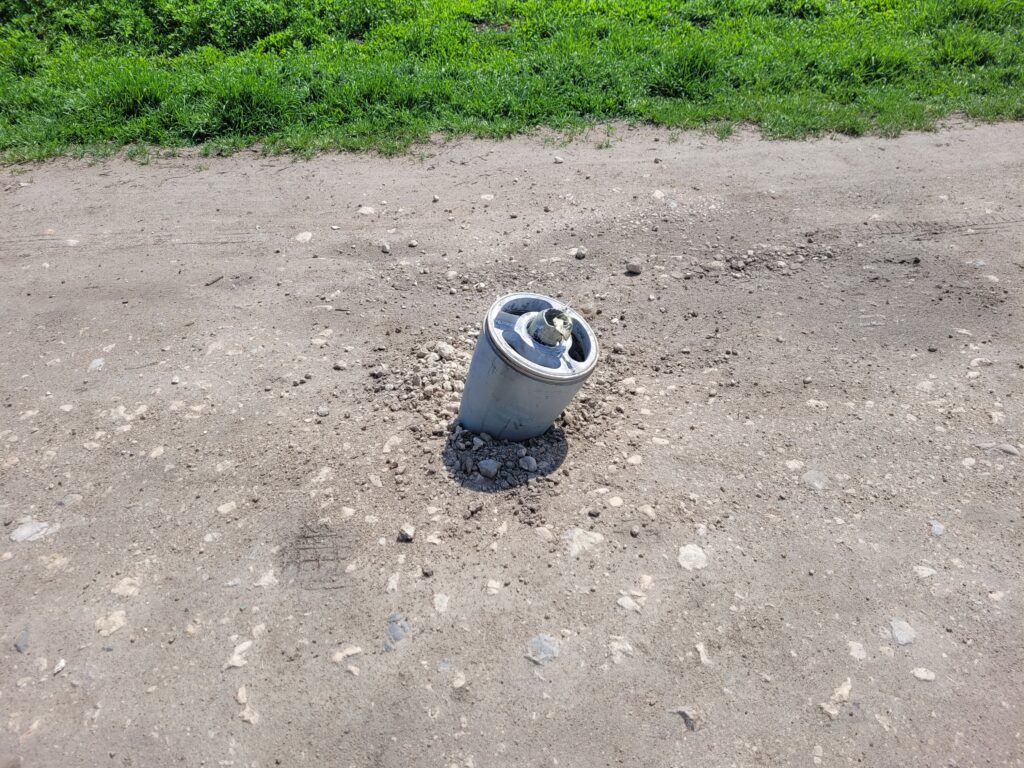
“At first we were very afraid when we saw the first tank in our village. We didn’t even think that there could be such a big machine. But later, in just about two weeks, we got used to it. Because the guys worked, drove outside the village and worked for victory. I wasn’t angry that they were spoiling our road. A road is a road, but victory is more important.”
“Two flew away but one returned”
Aviation attracted the villagers’ special attention. Both Ukrainian and enemy planes circled over the villages. Fighter jets painted the sky with white stripes, helicopters went to strike positions at extremely low altitudes, moving almost on water along the Dnipro-Buh estuary, where Lymany and Lupareve are located. One could tell whether they were ours or not only by the direction they flew, says Natalia:
“In the first days of the war, our helicopters flew over the community’s territory to work. And then at 5 a.m., we heard a rumble. We went out and lined up to see what was going on, where it was flying. And we noticed that two flew in one direction, and one returned. And we panicked: where is the other helicopter, why didn’t it come back? About five minutes later the helicopter returned. You should have seen everyone on our street jump up and scream! And since they were flying low, a guy on the helicopter pulled out a Ukrainian flag, and we waved our flags at them. It was great.”
Helped to survive
When the front line began to shift towards the Kherson region, humanitarian aid gradually began to reach the villages.
“We somehow happened to be separated from the main territory of the region, because there was a war zone nearby, three kilometers away. And there was a period when no one could get to us. So I had to travel to buy bread, and people helped me. I travelled to get humanitarian aid, and people helped me. That was what the community provided. It was dangerous to come here, but volunteers weren’t afraid. They came to us, and we had such a distribution schedule on a street by street basis. And until we close the whole circle, we cannot continue,” the village head recalls.
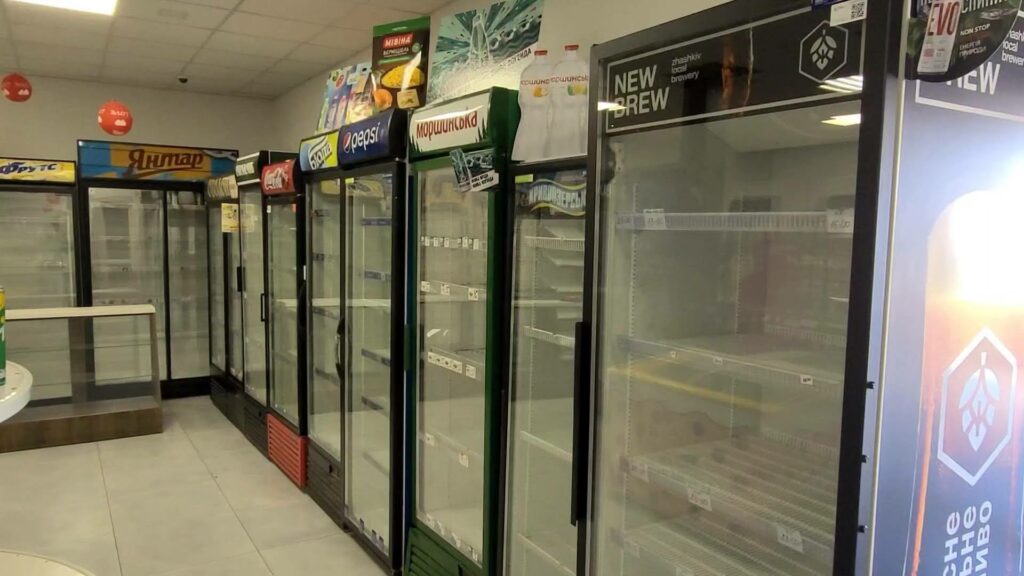
Not a single intact house
There’s not a single intact house left in the villages. Some were smashed to pieces, others were damaged. A 120-mm shell hit the village council on the night of April 8, 2022.
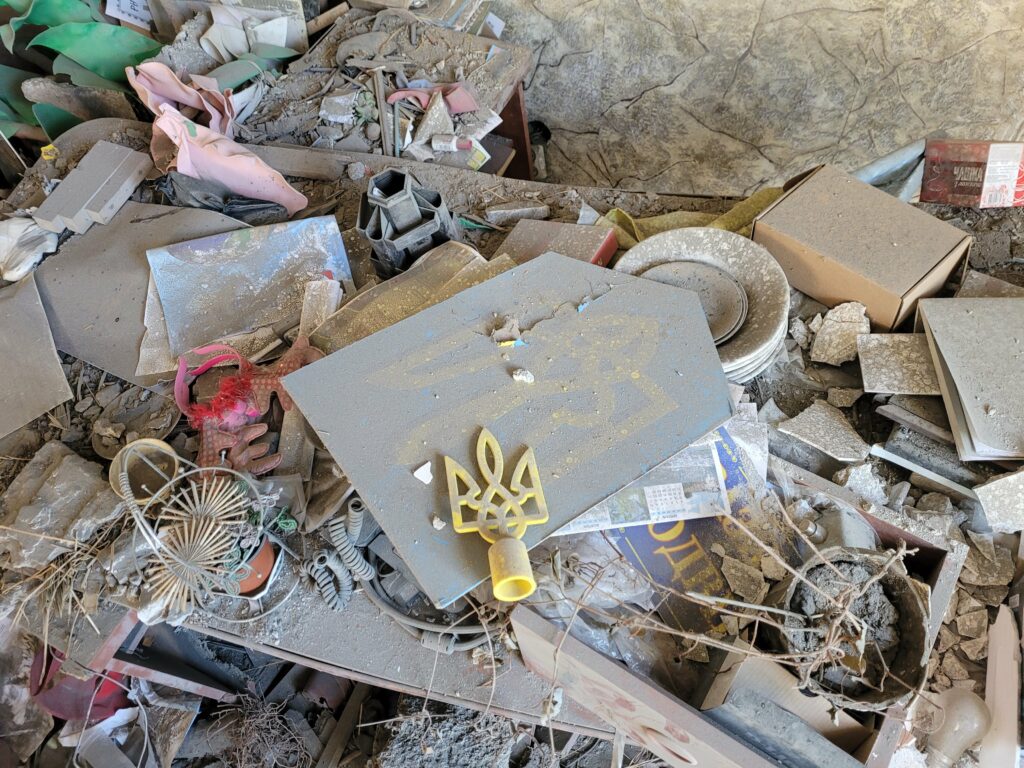
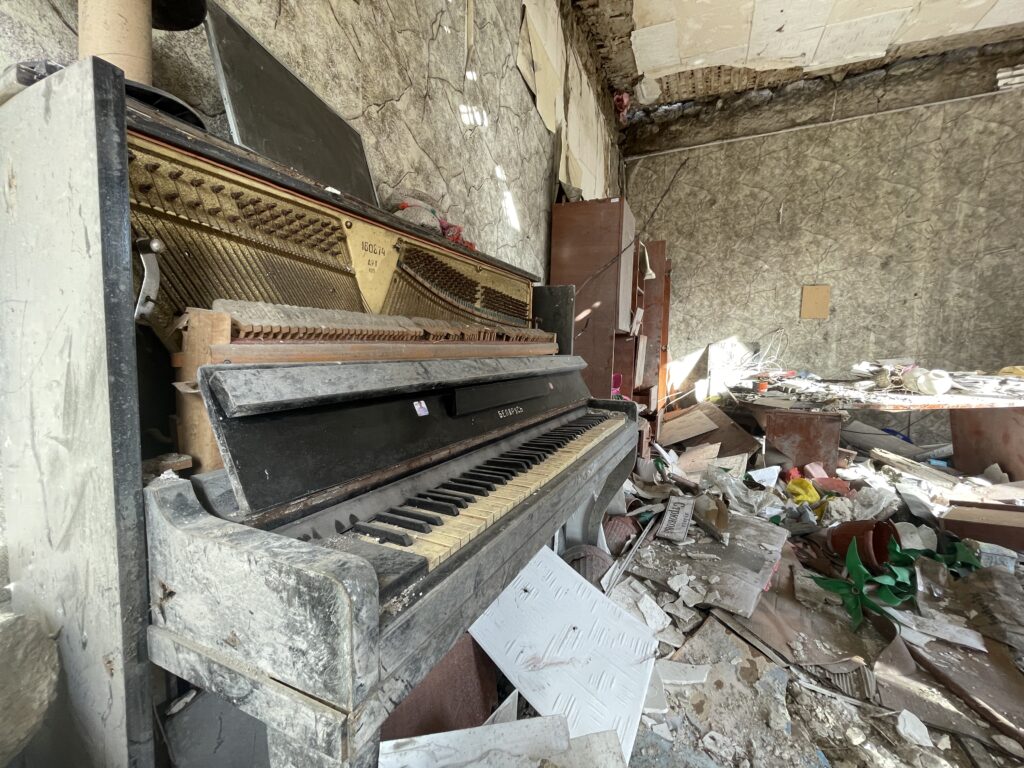
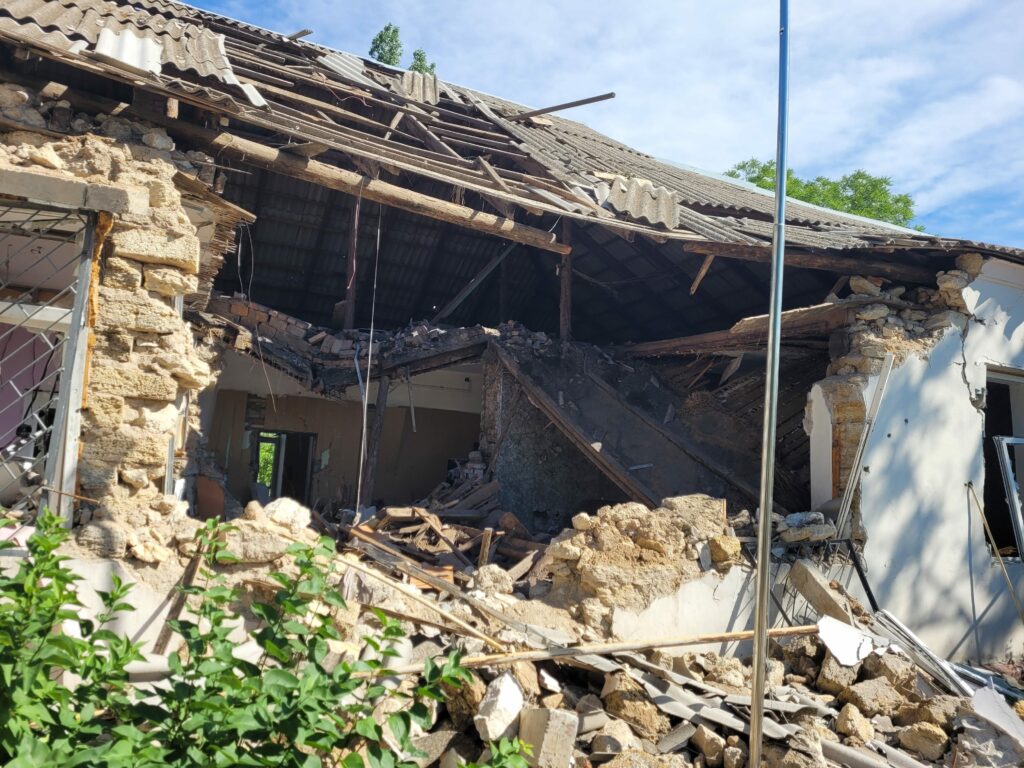
However, Fedorivna kept encouraging her fellow villagers on social media, which, by the way, became the main way of keeping in touch with the community. She would post funny photos and write something like: “No electricity and water? No problem, it’ll be back soon. In the meantime, here’s a photo for you.”
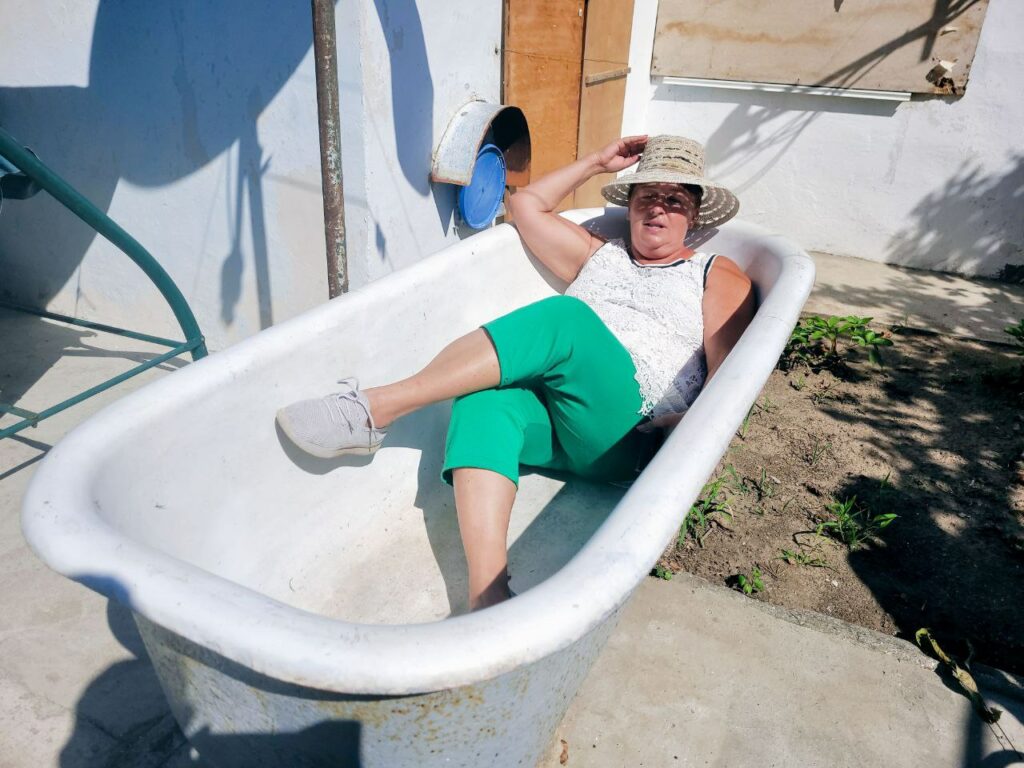
When the Ukrainian army began to push the enemy back from the Mykolayiv region, people began to return to the villages. Along with them, electricity, water, the Internet and other things that are part of normal life gradually returned. The villages are slowly recovering. The damaged village council building was rebuilt. Now it functions again, as it did before the war.
“Today, our village lives almost the same life it did before the full-scale invasion. Except that people are really frightened, and it’s very scary. Every noise, every knock, every loud sound has a very painful effect on people. Everyone is afraid that it may be, God forbid, an attack or something else,” says Natalia Panashiy.
Now there is a big volunteer movement in our community. The locals cook for our soldiers. The dishes vary: pastries, dumplings, of course, homemade canned food, salo and other things that can endure a long trip to combat positions.

Volunteer kitchen 
Food for the front
“We have two volunteer centers. About 20 women work in one of them and about 40 in the other. They weave, sew, and knit. They do everything that is needed at the front today. We also bake. People contact us, many of them have my phone number. We receive orders for buns and pies and immediately fulfill them. We also have people who raise money for cars, EW and other equipment for the military. Therefore, neither of the villages stays away from help.”

Volunteer center 
A car to the front
Natalia Fedorivna is 56. For 8 years, she has been in charge of Lymany and Lupareve. Before that, she worked in a local school for 20 years in leadership positions. The woman describes the horror that she and her community had to experience in three words: “Fear, pain, hatred.” But now there is more love in the heart of this amazing woman and her fellow villagers, which helps to keep fighting and believe in victory, bringing it closer every day.
Author: Oleksandr Hordienko
*All photos are provided by the author
Supported by the U.S. Embassy in Ukraine. The views of the authors do not necessarily reflect the official position of the U.S. Government.

